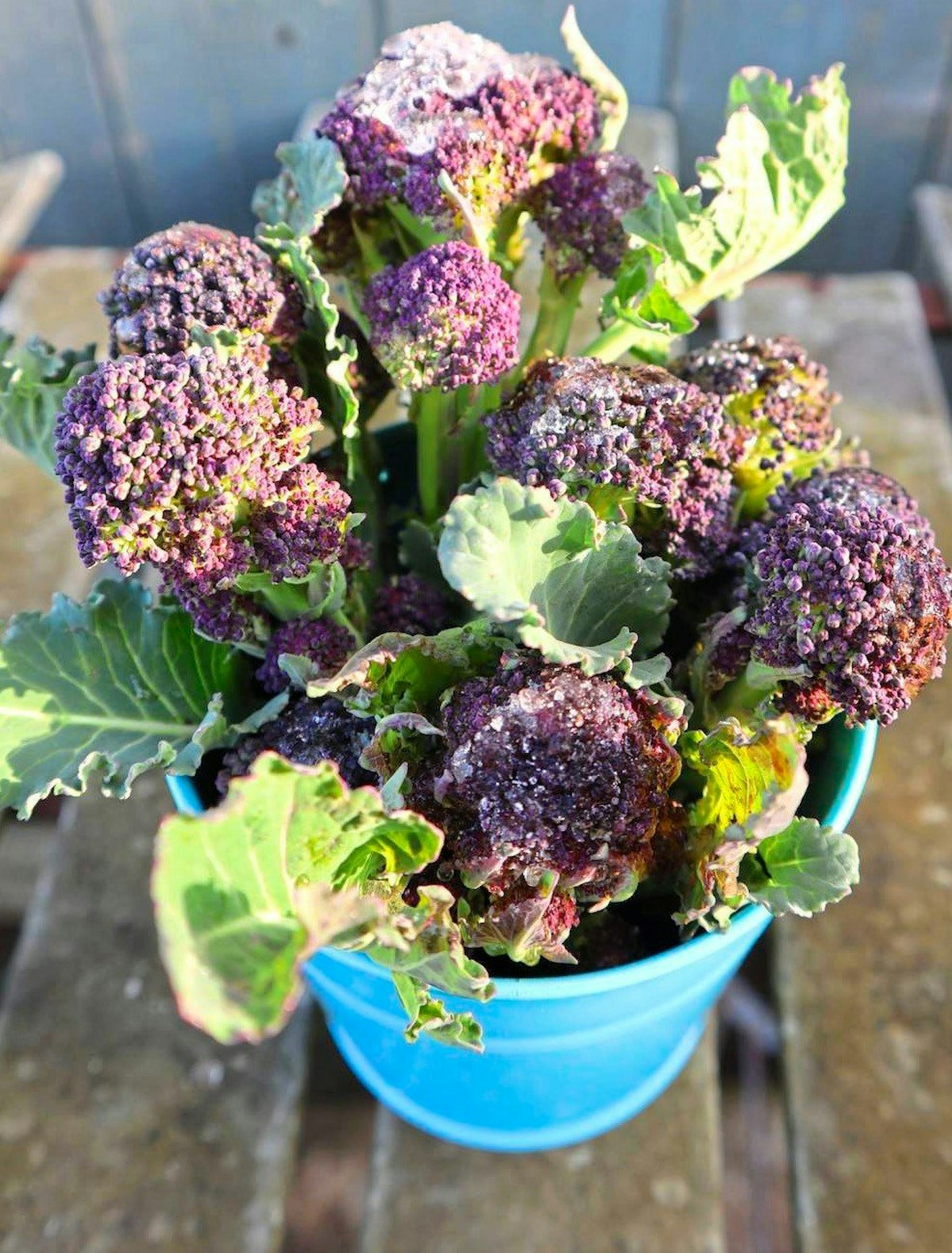Alice Whitehead savours the perfume and the produce of late autumn
WORDS & PHOTOS: ALICE WHITEHEAD, SHUTTERSTOCK

-
Name: Alice Whitehead
-
Location: Northampton
-
Patch type: Urban allotment and garden
-
Size: Two standard-sized allotments and a terraced street garden (about 600m sq)
-
Soil: Clay allotment; garden loam
-
Aspect: East/west-facing allotment; north-facing garden
-
Top 5 crops: Courgettes, rainbow chard, orach, tomatoes and potatoes
-
Failures: Edamame, melon, cauliflower and asparagus
-
Organic tip: Try no-dig – hoe off annual weeds and let worms and nature do the rest
-
Find out more: Instagram/Facebook/ Twitter @allotmentalice
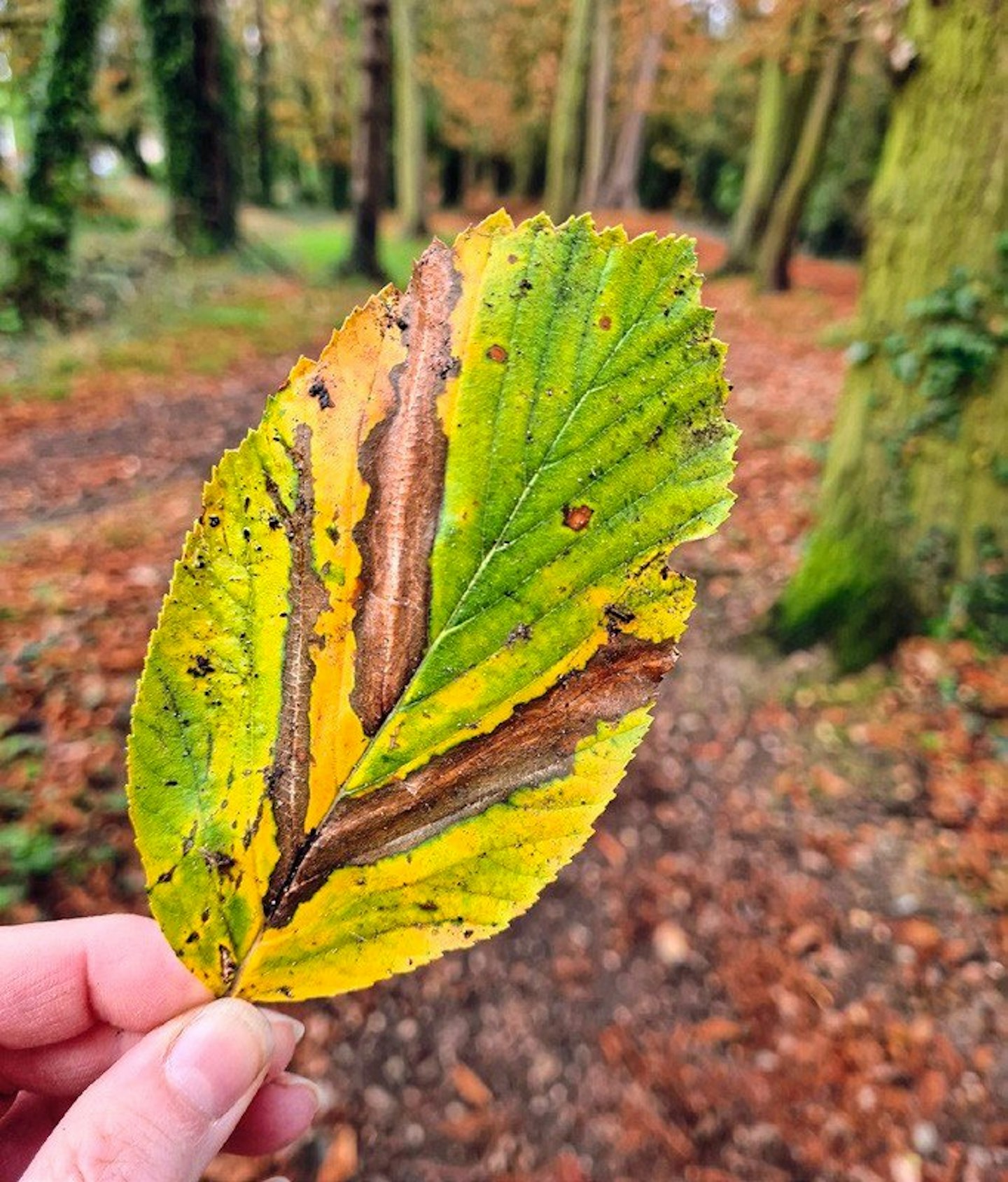
November’s leaf fall is often thought of as an ending: a shutdown ahead of the winter slumber. But, for me, this autumn desiccation is a new beginning. Time to collect the best free and abundant soil conditioner that I could possibly ask for.
I’m lucky to have lots of trees on my allotment plot and in my garden, so each year I’ll collect six or seven bin bags of dropped leaves to make leaf mould. I’ll also rake leaves off the pavement - choosing my roads carefully as leaves can absorb pollution - and my neighbours will gladly drop a bag or two in my front garden.
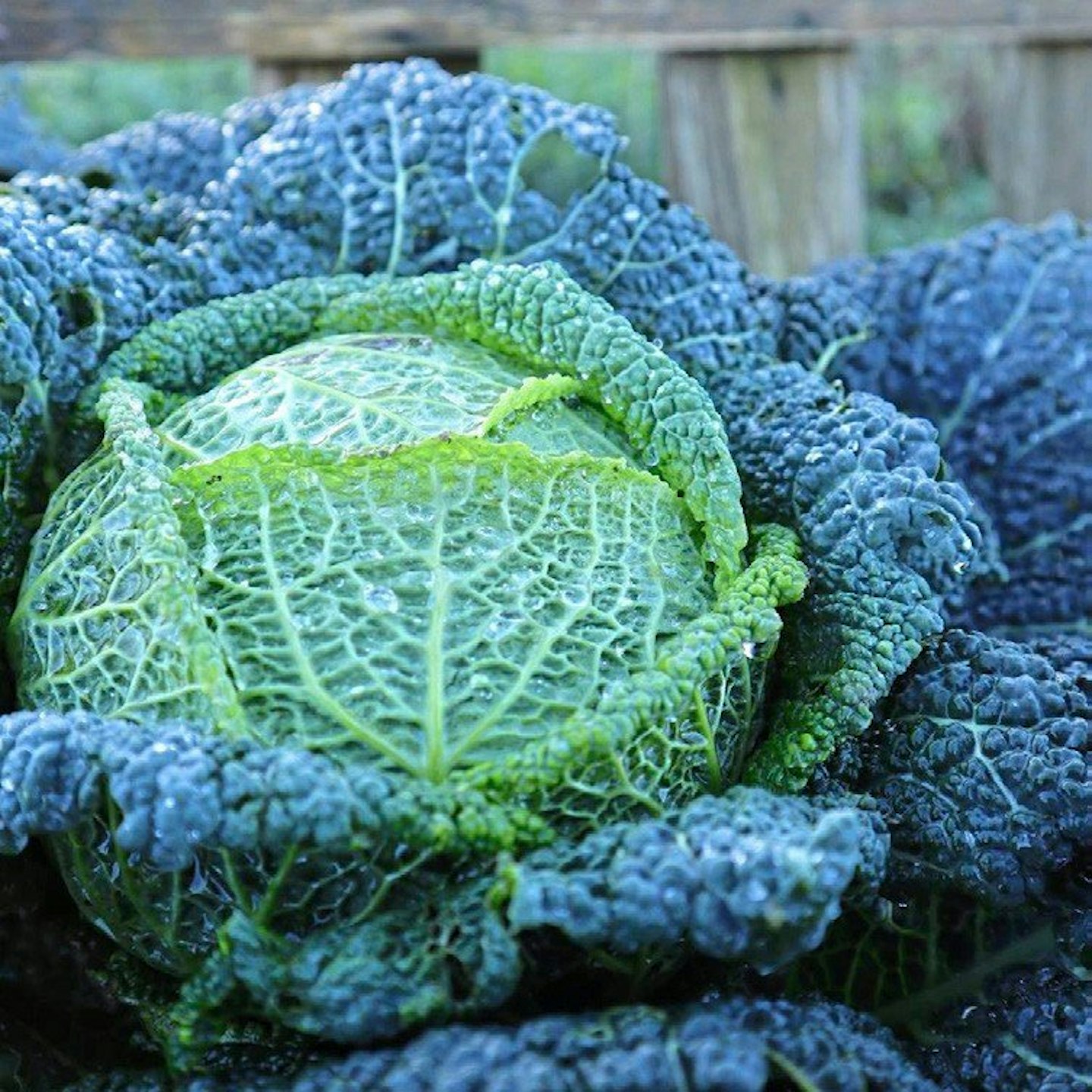
All leaves will eventually break down, but the best for leaf mould come from trees such as hornbeam, beech, oak and fruit trees as these decompose more quickly. The bigger the leaf – horse chestnut or sycamore – the longer it takes to break down, so these are best cut up beforehand. I never use evergreens, such as holly or laurel, as they can sit and sulk for years, but I do pop them onto the compost heap. Pine needles are good in their own pile as they can be used as a mulch around acid-loving plants such as blueberries.
Leaf chasing is an art, so choose a still day, and if you’re collecting large amounts, try picking them up between two wooden boards. The damper the leaves, the better. I pack them into rubble sacks, pierce holes in the sides and stack them behind my shed.
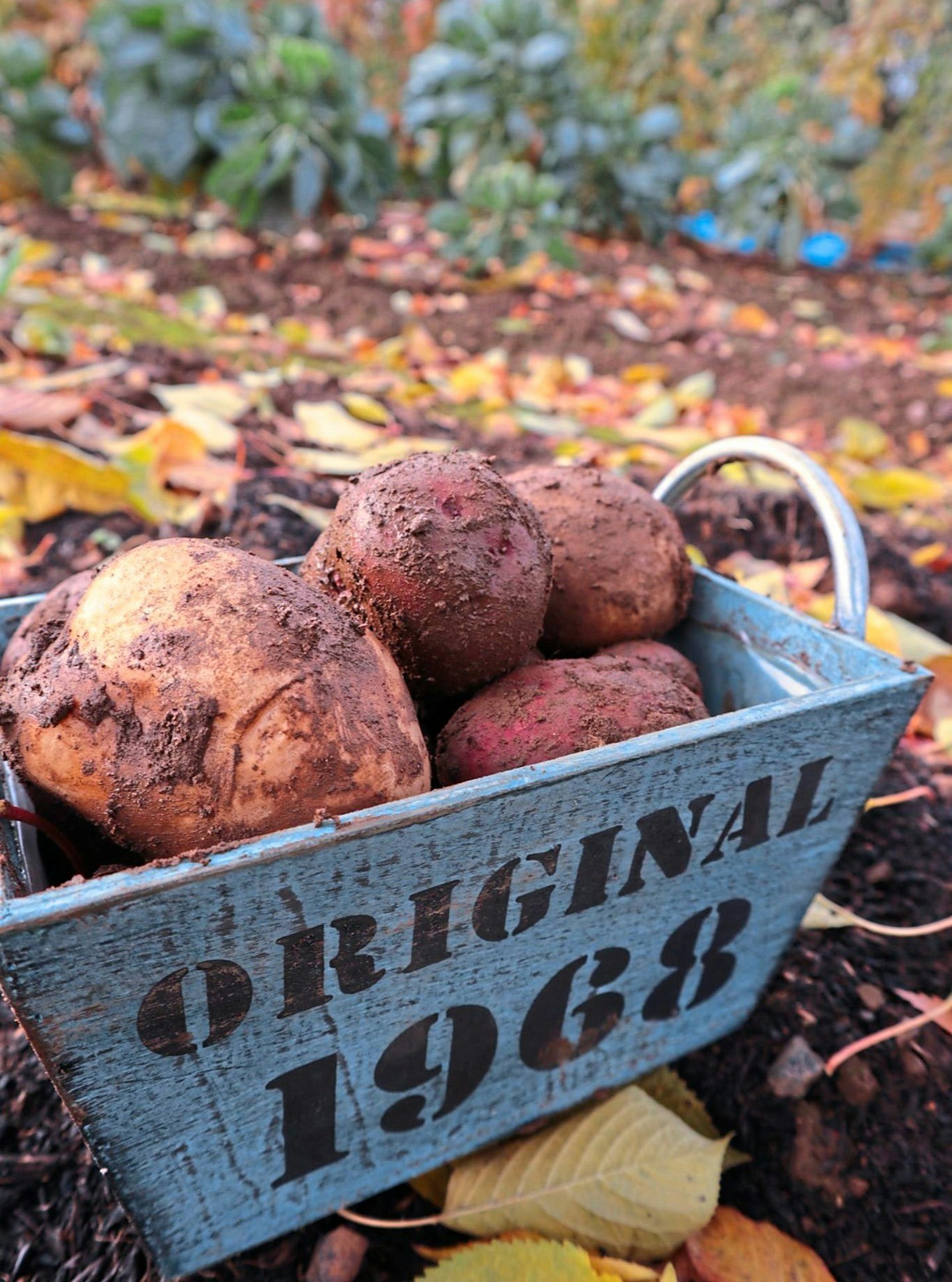
You can also contain them in chicken wire cages, but they’ll take a bit longer. Patience is required to get the good stuff. It will take a year for your leaves to become a soil conditioner, which you can spread over the soil or under plants. Wait two years and you can add the mixture to a homemade potting
mix. If you collect each year, you’ll get into a magical mulching cycle. Spread over the soil the following autumn, leaf mould is a brilliant mulch, helping to smother weeds, retain moisture, improve structure and it stops nutrients already in the soil from being leached out by those cold winter rains. ➤
Harvest time…
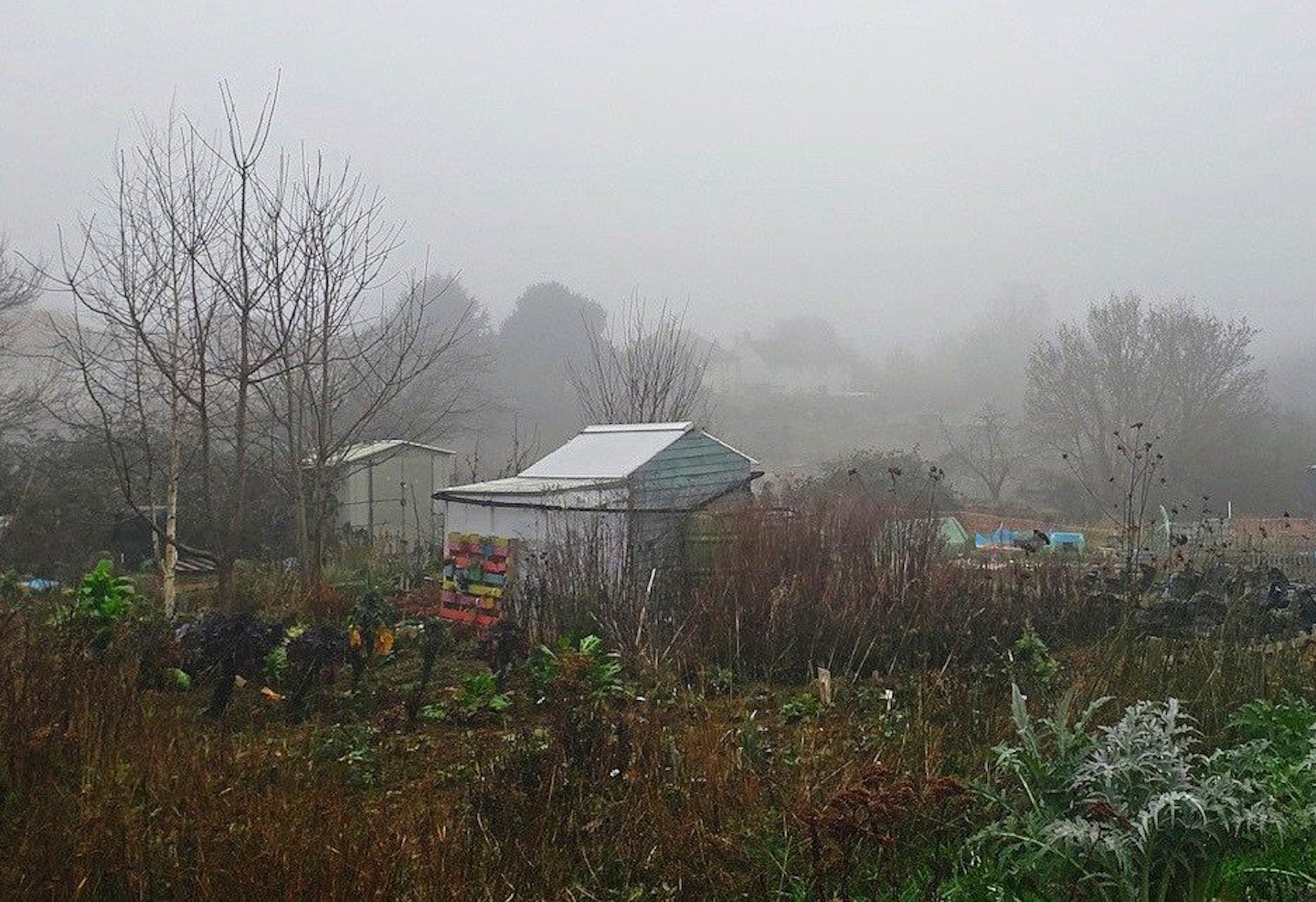
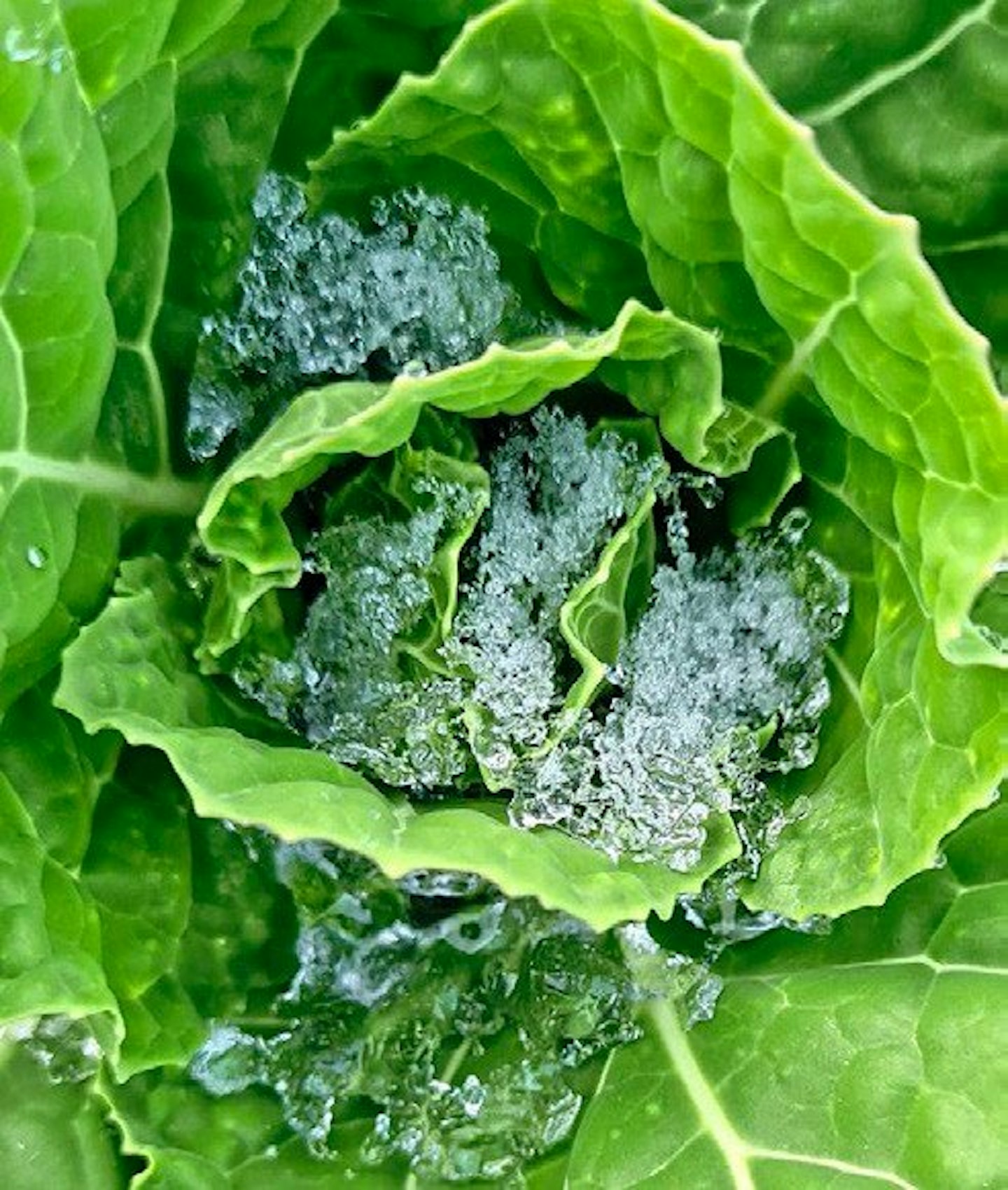
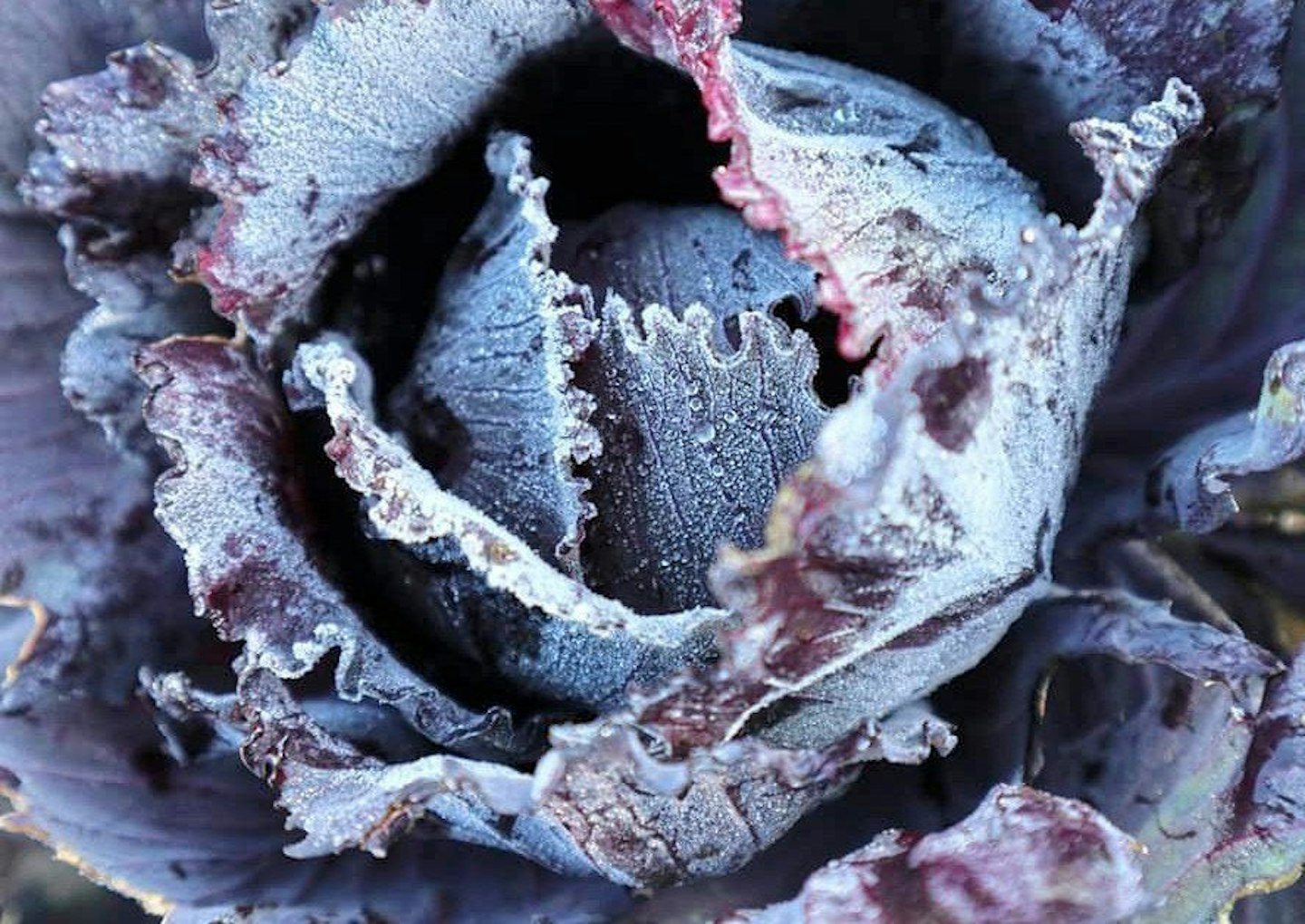
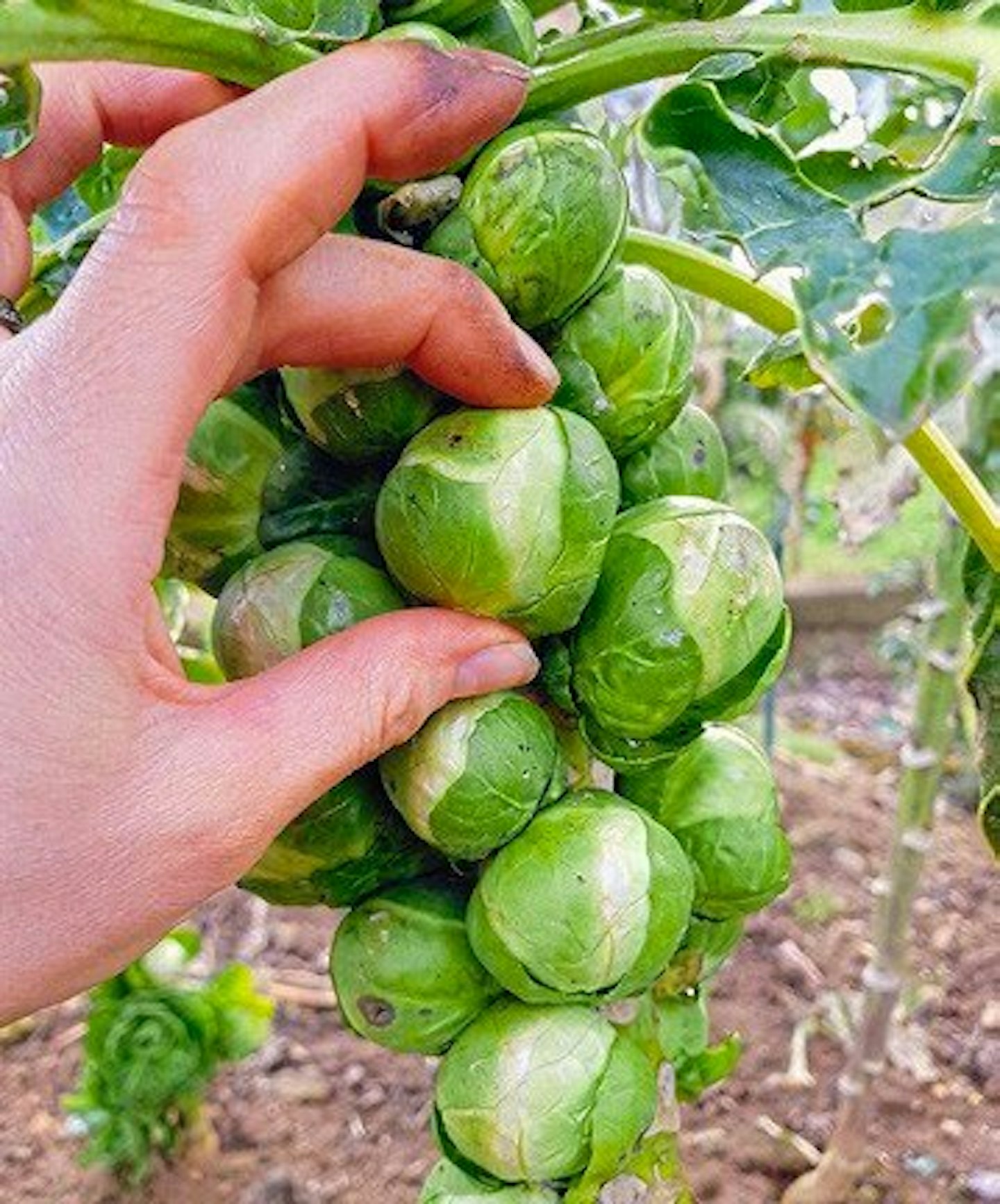
The root of the matter
Another autumn celebration is the first frosted parsnip. Frost has a remarkable effect on the roots, releasing stored starch and converting it to sugar as part of a natural anti-freeze. This makes a chilled parsnip absolutely perfect for Sunday roasting. In the past, they were even used as a sweetener for desserts in place of sugar.
A good sign that your root vegetables are ready is when their shoulders peep out of the soil. The leaves of parsnips also start to turn brown and die back – but don’t be afraid to leave them in the ground. Add a label so you know where the row is and use it as a cold store so you can fork up a few every time you need them. They’ll stay fresh like this all through the winter.
This sweetening is not limited to parsnips. All hardy winter vegetables sweeten after frost, including cabbages and Brussels sprouts.

Parsnips aren’t the only underground treasure I enjoy in November. Knobbly Jerusalem artichokes may not win points in the looks department but they have a delicious earthy, fragrant flavour when roasted.
The name ‘Jerusalem’ comes from the Italian ‘girasole’ or ‘turning to the sun’ because the tubers, part of the sunflower family, face the sunlight as they grow - even under a foot of soil. In other parts of the world they’re known as ‘sunchokes’, and if you let them flower you’ll be treated to smiling yellow blooms on tall stems. You’ll know the tubers are ready when the foliage starts to die back.

Nose-to-tail eating
At this time of year it’s easy to get excited about the small things, which is why I take a ‘whole food’ approach to my winter veg. Many of my favourite crops deliver a buy-one-get-one-free option with roots, leaves and stems all offering tasty possibilities.
Turnip tops are used liberally in Italian cooking, but we tend to ignore the leaves in this country. Go for the smallest and most tender and toss them in a pasta sauce. Carrot frizz can be a useful replacement for parsley, though larger leaves get bitter.
The stalks of purple sprouting broccoli and the stems and tops of Brussels sprouts are just as tasty as the rest of the plant – shred into slaw or a stir fry – and yet we chop them off like useless limbs. While the skin might resemble that of a reptile, peeling it off will reveal a tasty spear underneath. You can think of it as a poor man’s asparagus. ✿
